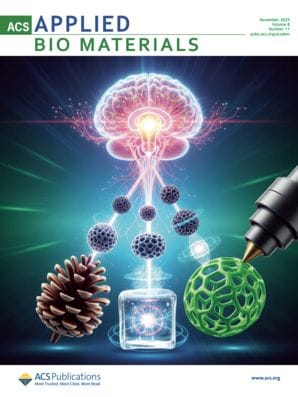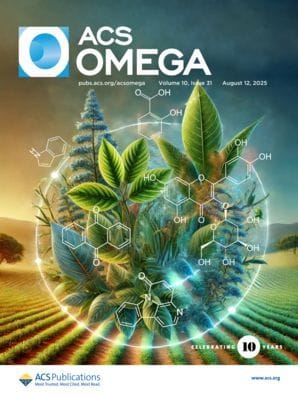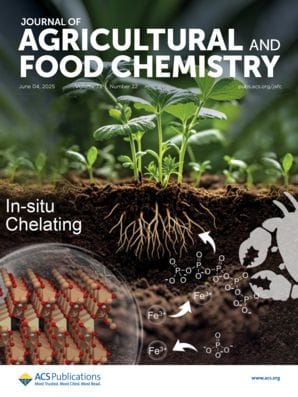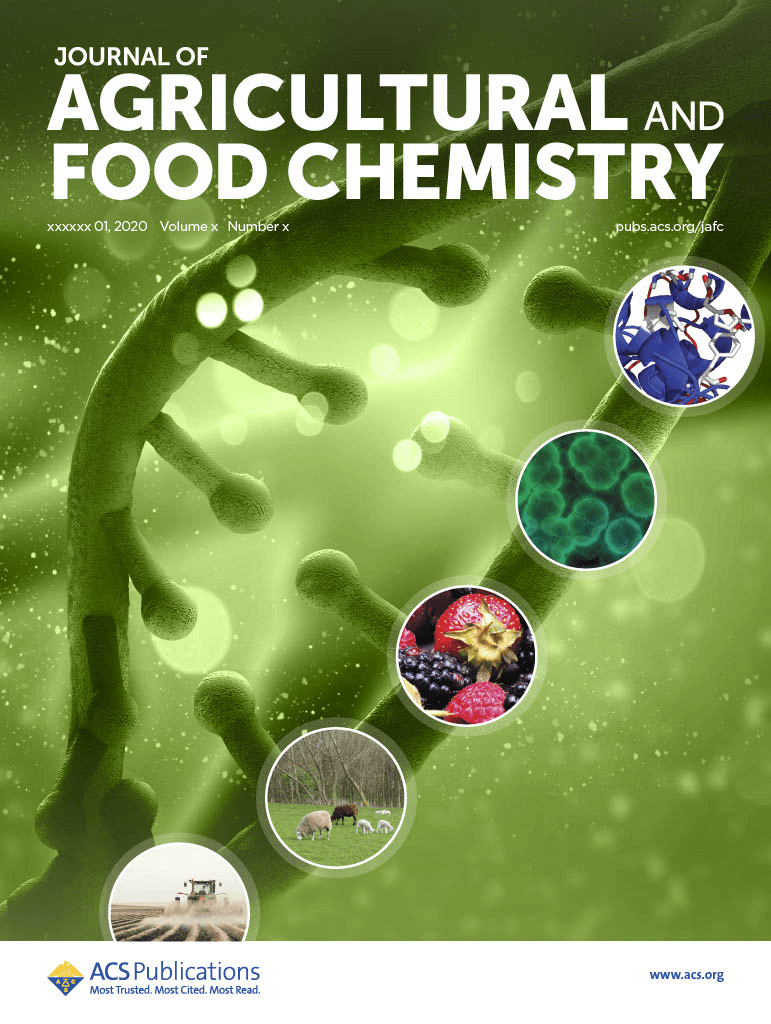Four recent studies published in ACS journals highlight the functional potential of sweet potatoes in sectors including biological chemistry, materials science, and energy.

Baked, boiled, or fried, sweet potatoes delight the taste buds of millions of consumers, and are a popular recipe at gatherings like Thanksgiving every year. With their various skin and flesh colors—yellow, orange, white, purple—these root tubers are not just tasty, they are a sweet source of nutrients and antioxidants. And they offer more.
Recent studies published in ACS journals highlight the functional potential of sweet potatoes in sectors including biological chemistry, materials science, and energy.
Going Lean
Purple sweet potato powder reduces fat accumulation
Due to their rich anthocyanin content, purple sweet potatoes could play an important role in combating obesity. Researchers in Taiwan found that purple sweet potato powder administered to animal models significantly reduced body weight and visceral fat accumulation. The results, published in the Journal of Agricultural and Food Chemistry, suggest that purple sweet potatoes have therapeutic potential in the management of obesity and associated metabolic disorders.

Purple Sweet Potato Ameliorates High-Fat Diet-Induced Visceral Adiposity by Attenuating Inflammation and Promoting Adipocyte Browning
DOI: 10.1021/acs.jafc.4c08799
Signaling Sustainability
Purple sweet potato extract as a food freshness indicator
Purple sweet potatoes could also provide an environmentally friendly alternative to petroleum-based food packaging materials, thanks to their antibacterial and antioxidant properties. A study in ACS Applied Bio Materials incorporated a new type of biodegradable smart film using purple sweet potato extract as an indicator in shrimp packaging. The study validated the effectiveness of the extract as a visual freshness indicator and confirmed the non-toxic nature of the material.

Development of Guar Gum/Chitosan/Polyvinylpyrrolidone Smart Films Containing Purple Sweet Potato Extract for the Real-Time Monitoring of Shrimp Freshness
DOI: 10.1021/acsabm.5c01389
Storing Energy
Sweet potato syrup as source material in sodium-ion batteries
Adding to their functional reputation beyond menus, sweet potatoes have also demonstrated their utility in energy storage. Researchers in China converted foaming syrup from sweet potato baking into hard carbon materials used as battery anodes. Writing in ACS Omega, the researchers showed that the sweet potato byproduct performed exceptionally in sodium-ion batteries, opening new avenues for utilizing sweet potato resources.

From Sweet Potato Byproducts to Energy Storage: Unveiling the Potential of Foaming Syrup as a High-Performance Hard Carbon Anode for Sodium-Ion Batteries
DOI: 10.1021/acsomega.5c01242
Securing Value
A green remedy for a new fungal threat to sweet potatoes
Given their importance as a food crop and potential functional applications, scientists constantly monitor sweet potatoes against stressors. Recent research published in the Journal of Agricultural and Food Chemistry not only uncovered a new fungal pathogen targeting the crop’s storage roots but, even better, developed a safe and eco-friendly solution. In the study, a compound extracted from medicinal magnolia and similar plants impressively inhibited the novel pathogen and prevented sweet potato decay.

Bioactivity and Mechanisms of Botanical Fungicide Magnolol against Trichoderma hamatum as a Novel Pathogen of Sweet Potato
DOI: 10.1021/acs.jafc.5c02331
